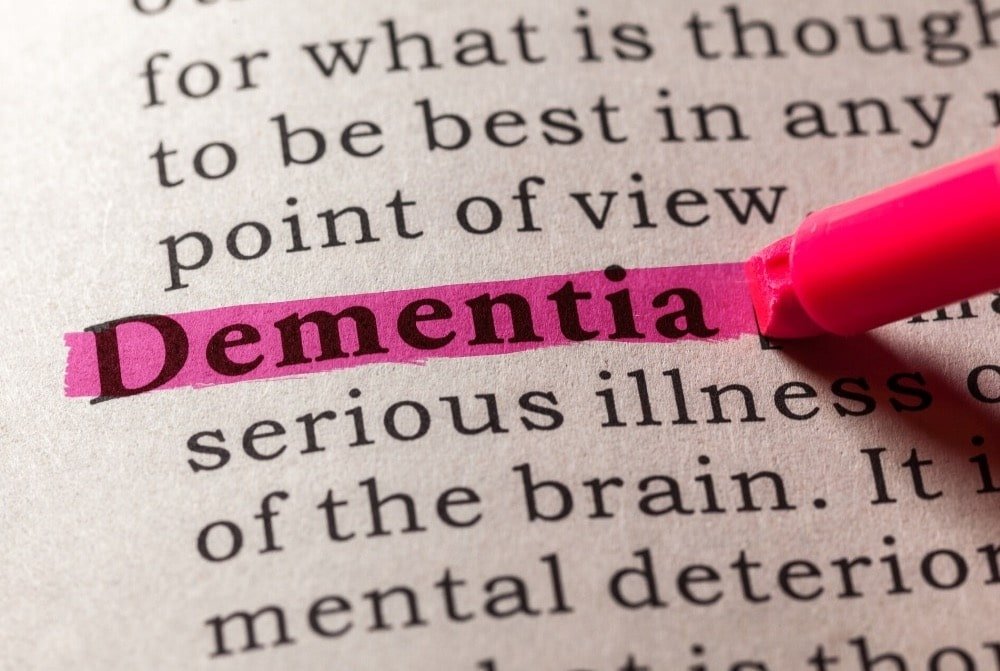It is important to understand the crucial role of cognitive reserve in dementia and how it affects diagnosis.
What is Cognitive Reserve?
Many studies are ongoing to determine what risk factors predict development of dementia, as well as to foresee who will more rapidly progress from mild cognitive impairment to dementia.
Cognitive reserve (CR) is a new area of interest in predicting how quickly dementia may worsen.
It is defined as a coping strategy against brain damage. This is the ability to use different brain networks to cope against loss of performance.
One way to think of CR practically is the brain’s capacity to improvise and find other ways of getting the job done to overcome obstacles and challenges.
CR was first thought of in the 1980s, when researchers found brain changes on autopsy consistent with advanced Alzheimer’s disease in people who had no symptoms when they were alive.
This meant these patients continued to function as usual, despite brain damage from Alzheimer’s pathology. This triggered a wide interest in research on whether people with a greater cognitive reserve can cope with brain changes of dementia (or even other disorders such as multiple sclerosis, Parkinson’s disease, or stroke).
“CR protects a person from clinical dementia”
The theory is, the higher a person’s CR, the more protected he or she would be against clinical dementia and loss of functioning.
Studies have tried to link dementia level to variables such as education, literacy, IQ, and engagement in cognitive exercises.
CR is the latest such variable to be added to the list of variables that can influence the development of dementia.
Genetics and exposure to environments (education, cognitively stimulating activities, and occupation) help develop CR.
There are some emerging predictive factors for converting from mild cognitive impairment to dementia.
Higher risk has been found for lack of occupation in the elderly, low formal education level, and difficulty coping with common situations.
Higher CR may be linked to decreased risk for dementia

Although larger studies are needed, a major research study published in JAMA neurology in 2019 of over 1600 patients in the Rush University Memory and Aging Project showed that those who scored in the highest cognitive reserve category had a reduced risk for dementia, even if they had high amounts of Alzheimer’s brain pathology at autopsy.
This strongly suggests that increased CR could reduce dementia risk.
How does one increase Cognitive Reserve?

Researchers propose that being exposed to an enriched environment, meaning high opportunities to participate in physical activity, ongoing learning, and keeping up social interactions may produce structural (and functional) changes in the brain.
Specifically, the hippocampus is important for memory and becomes impaired in Alzheimer’s disease, may be altered with practicing the above tasks.
Some have theorized learning a second language or doing Sudoku-type puzzles may “train” the brain’s CR, however, this has not yet been scientifically proven to delay or prevent Alzheimer’s disease.
How is Cognitive Reserve measured?
CR can be measured clinically by your doctor; in general, a person’s education level, work activities and activities performed in leisure can help gauge an estimate of CR.
There also exists a Cognitive Reserve Index questionnaire (CRIq) which formally assesses years of education, vocational training, type of occupation (ranging from unskilled to highly intellectual occupation), leisurely activities (reading newspapers, domestic chores, driving, sports, games, and using new technologies), and social activities.
Results are scored and then interpreted as low, medium-low, medium, medium-high, or high cognitive reserve.
It is important to note that these cutoffs have not yet been proven to predict a clinical outcome, but could be a useful tool and certainly an important research tool.
Why is Cognitive Reserve important?

CR may be very important in compensating for progressive brain damage in dementia. Although it doesn’t prevent dementia, high CR could mask the development of symptoms until a certain threshold.
For example, a person with a high CR can go undiagnosed until the damage becomes severe, whereas a person with a low CR may decompensate clinically much sooner.
What, besides increasing cognitive reserve, can be done to reduce the risk of dementia?

Studies show eating a healthy, plant-based diet with fruit, vegetables and legumes may be protective. Regular exercise including cardiac fitness, getting enough high-quality sleep, stress management, and nurturing social connections are all good practices to prevent cognitive issues later in life.
Continuing to challenge the brain with learning new material may be helpful as well.
Other heart-healthy activities such as quitting smoking, controlling high blood pressure and cholesterol, and working with your doctor to reduce the risk of heart disease can prevent vascular dementia as well.















